If you’re the kind of driver who can’t take glare that well, you’d want to avoid the glare from oncoming headlights because being temporarily blind on the road could potentially lead to a road accident.
You’re not the only one who has this problem. This is because the human eye doesn’t readjust to normal lighting easily, which can make it difficult for you to look out on the road once intense light hits your eyes–and even shortly after that. Glare can also be difficult to handle for the elderly and people with eye conditions.
Glare is a normal response of the eye to bright lights but it can be caused by a number of factors, including driving habits and the cleanliness of parts like the windshield. When someone is exposed to glare, they can drift from their lane and crash into oncoming vehicles, run off the road, or even hit pedestrians. These risks can easily be minimized if you know what to do.
In this article, we’ll tell you how you can minimize the risk of getting involved in a car accident by managing or reducing glare at night.

Tips for Avoiding or Reducing Headlight Glare When Driving At Night
Fortunately, there are things you can do before heading out to reduce glare. There are also some driving habits you can develop to try to minimize the effects of glare on your eyes. Check out these tips.
1. Don’t look directly at the lights producing glare. When faced with an oncoming high beam, look down toward the right side of the road to avoid the glare. However, do not completely take your eyes off the road. By slightly lowering your line of sight, you should still be able to see the lines on the road and stay in your lane until the car causing the glare passes.
Other drivers may not dim their headlights, and in this case, it’s quite unsafe to turn on your high beams in retaliation. In some states such as Florida, you can briefly flash your headlights to tell the other driver that they’re driving with bright lights on.
Though in some states, flashing headlights may be illegal. In North Dakota and Michigan, you are required to dim your highbeams if oncoming traffic is within 500 feet. It’s best to check your State’s laws about headlight flashing before you practice it first.

2. Consider wearing protective eyewear. There are various glasses, lenses, and vehicle visors with anti-reflective material that can help reduce glare when you’re driving. These types of protective eyewear are sometimes called “night vision glasses” or “nighttime driving glasses.” Consider investing in a pair after talking to your doctor about the best option for you.
3. Make sure all the glass parts of your vehicle are cleaned thoroughly and are in good condition. These include the windows, mirrors, and the inside and outside parts of the windshield. This will remove any form of dirt or build-up on the glass that causes light to get refracted and makes glare worse. Keep your roof, mirrors, windshield, headlights, and taillights free from snow and ice during window, too.
Also, if you notice cracks in these glass components, especially on the windshield, make sure to make the necessary repairs right away.
4. Remove the dirt and burnt rubber build-up from the wiper blades. The best way to do this is to use a paper towel and windshield washer fluid. If cleaning them doesn’t work, consider getting replacement wiper blades.
5. Get your headlights aligned. Your own headlights can be distracting when either one or both are not aimed in the right direction. If you start to find yourself being blinded every time you turn on your headlights, then a misaligned headlight might be to blame.

6. Ensure that your car mirrors are in the right position. To set them in a way that minimizes glare, follow this neat trick suggested by the American Automobile Association (AAA): Bring your body to the left and place your head against the window. Move the side mirror located at the driver’s side just enough so you can view your ride’s left rear corner. Bring your body toward the right and tweak the position of the side mirror until you see the right rear corner of your car.
7. Make sure you don’t have any vision problems. Eyesight issues can make glare worse than it really is. Get your eyes looked at by an ophthalmologist to clear yourself from any issue.
8. Use the night setting of your rearview mirror. This will reduce the amount of light coming from it so it wouldn’t be as harsh to your vision.
9. Rest, if you must. Long drives especially at night can strain your eyes making them more susceptible to glare. So if your eyes start feeling fatigued, take breaks as often as you can.
10. Be proactive in taking care not to cause glare. Take the initiative not to cause others the same discomfort. Clean your headlights to prevent the dirt stuck on the encasing from dispersing the light and blinding the driver of the oncoming vehicle. You can use a specialized polishing compound to keep your headlights clear and sharp.

Sometimes, you may also cause glare when you’re driving with your high beam headlights on in low-visibility conditions or in inclement weather, such as fog, mist, snowfall, or heavy rain. The light from your headlights may become blinding to oncoming traffic as the light bounces or reflects off the moisture in the air. Turning your low beams on instead of your high beams can lessen this effect.
These tips to avoid getting blinded by oncoming headlights may appear tedious and even burdensome to do but they are recommended if you have a particularly hard time recovering your normal vision after getting exposed to glare. Don’t just squint your way to survival. Make the proper adjustments, so you can drive more safely and comfortably at night.
Products Mentioned in this Guide
Any information provided on this Website is for informational purposes only and is not intended to replace consultation with a professional mechanic. The accuracy and timeliness of the information may change from the time of publication.


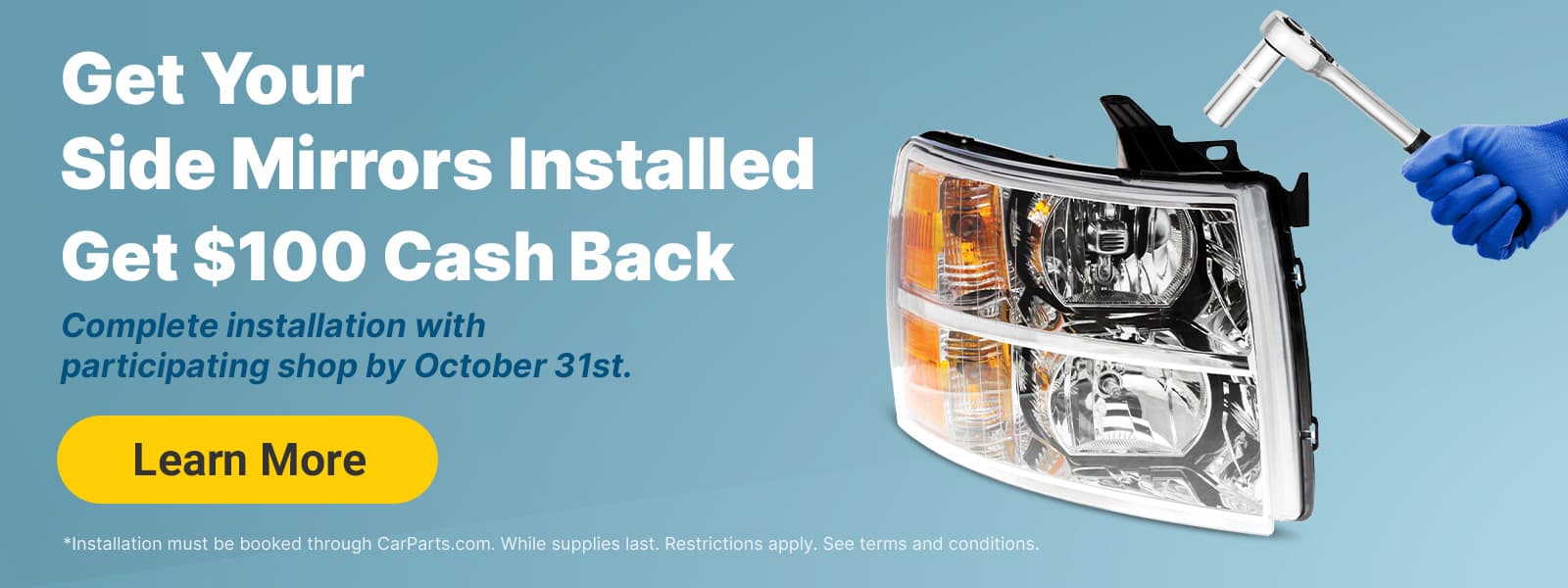
 Headlight
Headlight
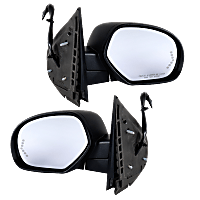 Mirror
Mirror
 Catalytic Converter
Catalytic Converter
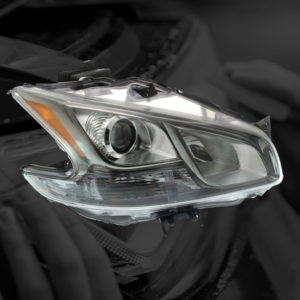
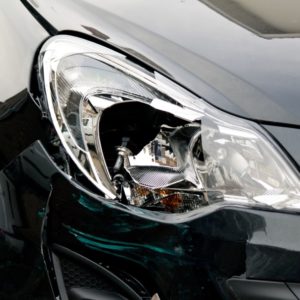


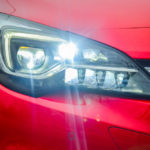












HOW ABOUT THESE FOLKS THAT CHANGE THEIR LIGHTS TO BRIGHTER UNITS AND USE ADD ON STUPID LIGHTS YOU CAN BUY THESE LIGHTS ONLINE AND AT PARTS STORES SOME LIGHTS ARE FOR OFF ROAD USE ONLY BUT DOES IT MATTER TO SOME
Same here, but there isn’t many laws or inspection stations that even check for people that jack up their vehicles to even adjust lights… there should be not only fines for this infractions but fees in order to do these modifications…
Those little LED Spotlights on new vehicles are killing people. It’s tone to outlaw those!